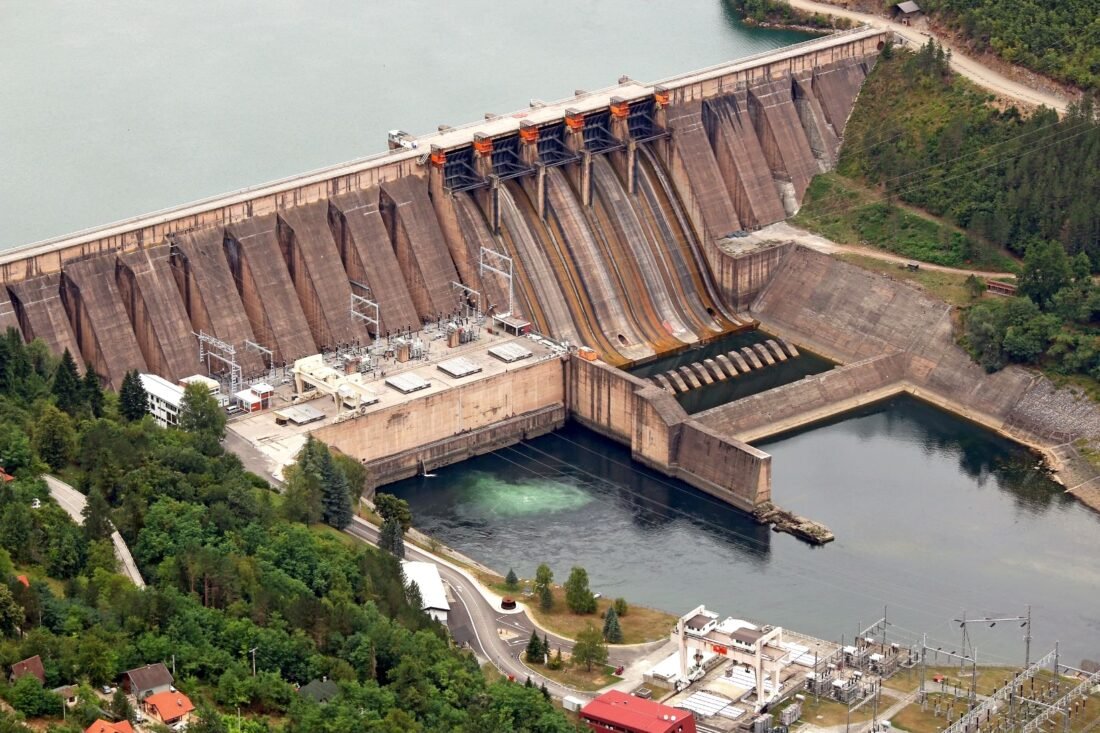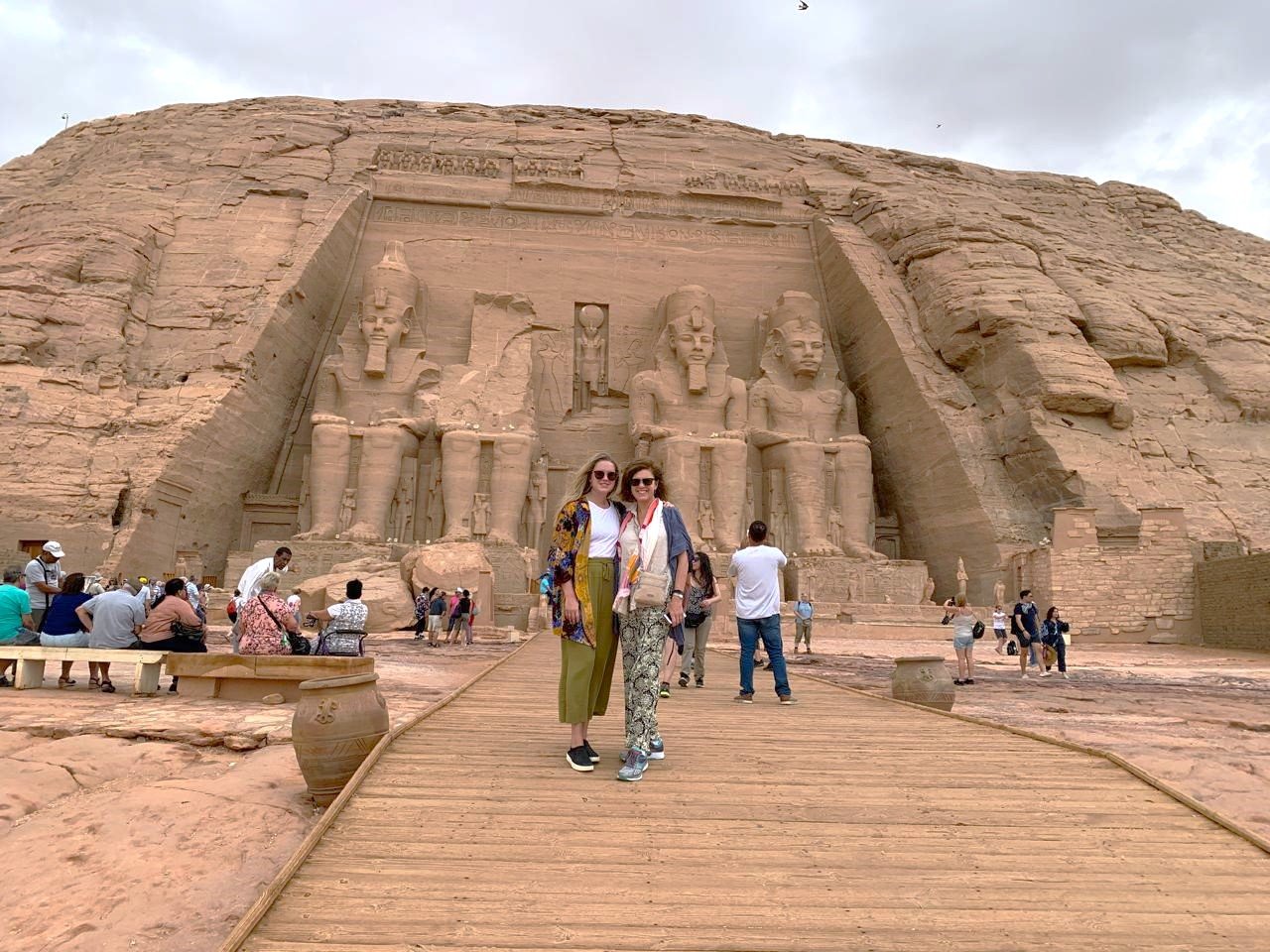Everything you need to know about the High Dam
The High Dam is a dam on the Nile River in southern Egypt. It was built in 1960. The Soviet Union contributed to its construction, along with Egypt, and the dam was inaugurated during the reign of President Mohamed Anwar Sadat in 1971.
The primary reason for the High Dam was to control the flow of water from the Blue Nile in Ethiopia, the rivers of Central Africa, and Lake Victoria.

When did the idea of building the High Dam begin?
The idea began in the eleventh century AD with the Arab scientist Al-Hasan ibn al-Haytham (born 965 AD and died 1029 AD). He was unable to implement his idea due to the lack of the necessary machinery at his time. The idea was later introduced in the 18th century by the French, who attempted to control the sources of the River Nile but were unable to do so. Muhammad Ali, ruler of Egypt, then came in 1805 and designed models for constructing bridges along the Nile, particularly in the south. However, due to the frequent wars with the Ottoman Empire and his attempts to discover and secure the sources of the Nile, he built the Al Qanatir Al Khayriyyah (The Charity Bridges) in Cairo.
At the end of the nineteenth century, the idea was perfected during the era of British rule in Egypt, during the reign of Khedive Abbas Hilmi II, when the Old Aswan Dam was constructed in 1898 AD. Located south of Aswan, it protected Egypt from floods and regulated river navigation, particularly Nile cruises, which began to flourish in the 20th century. When Egypt began to get rid of the British occupation and the end of the monarchy in Egypt, the Egyptian government at that time took an interest in building a larger and bigger dam because the Aswan Dam was no longer sufficient to protect Egypt from providing and storing the water of the Nile River. Therefore, the Egyptian government began to consult with some of the world’s major economic entities, such as the United States of America, the World Bank, and Germany. However, the request was rejected. However, an offer from the Soviet Union was accepted to contribute to the construction of the High Dam, and the foundation stone was laid in 1960 to begin the construction of the largest river dam in Africa and the Middle East.
What happened to Egypt once the High Dam was built?
Egypt became a major economic power in the region after the construction of the High Dam. Some sectors began to flourish, such as Nile cruises in Egypt, agriculture, and the expansion of various crop production.
Among the positive effects of the High Dam is its protection of Egypt from flooding and drought. Lake Nasser reduces the flow of floodwater and stores it for use during drought years, as occurred over the ten years from 1979 to 1988 during the period of desertification that struck the African continent. Other positive effects include increasing Egypt’s share of Nile water, increasing the area of agricultural land, and converting 970,000 acres from basin irrigation to perennial irrigation. This increased productivity per acre led to the cultivation of 700,000 acres of rice annually, generating electricity that benefited Egypt economically.

What are the negative effects of the construction of the High Dam?
On the other hand, there are some negative effects of the High Dam, including: Lake Nasser submerged many Nubian villages in Egypt and northern Sudan, leading to the displacement of their inhabitants in what is known as the Nubian migration.
Other effects include depriving the Nile Valley of silt, which nourishes the soil, and eroding the Delta’s shores, exposing its cities to submersion.
The most significant loss was the submersion of the unique Nubian monuments located in southern Egypt, from Aswan to Abu Simbel.
What happened to the Nubian temples after the construction of the High Dam?
The Nubian antiquities were submerged three times before the construction of the High Dam. The first time was during the construction of the Aswan Dam in 1902 AD, followed by a subsequent rise in water levels that threatened the antiquities.
The second time was in 1912 AD, and the third time was in 1932 AD. Each time, archaeological sites were surveyed, recorded, and mapped.
When the decision was made to build the High Dam, it became clear that the southern part of the valley would be subject to a permanent rise in water levels. Therefore, it became necessary to work to mitigate the risks of rising water levels on archaeological sites.
Thus, the construction of the High Dam was a good omen for the recognition of the Nubian antiquities, which, like all antiquities in the ancient East, had remained in complete darkness for centuries. We knew nothing about these antiquities except for the rare fragments that had reached us through the writings of Greek and Roman travelers who had been roaming the lands of the East since the sixth century BC. After the July 1952 Revolution, and after the government began seriously considering building the High Dam, an archaeological mission was dispatched to Lower Nubia in 1954. This mission included a large number of Egyptian archaeologists and engineers to prepare a report on how to save these antiquities from the expected submersion following the construction of the High Dam. This mission toured Nubia, inspecting its temples, shrines, and tombs. The report, published by the Antiquities Authority in 1955, recommended that Nubian antiquities, including temples, tombs, and inscriptions, be recorded. It also recommended the transfer of some statues from the Wadi al-Sebua Temple and the Abu Simbel Temples, and that only some existing temples, such as the Qartasi and Amada Temples, be relocated.
The situation gradually progressed, and the Egyptian government was able to persuade UNESCO to support the process and call for an international conference to save Nubia in October 1959. The conference, held in Cairo, was a success. The Egyptian government also provided grants to foreign countries participating in the rescue operation, and they succeeded in saving the monuments of Nubia.
Trusted Partners
Nile Cruisen: Chosen by Leading Brands as Egypt's Top Cruise Operator











